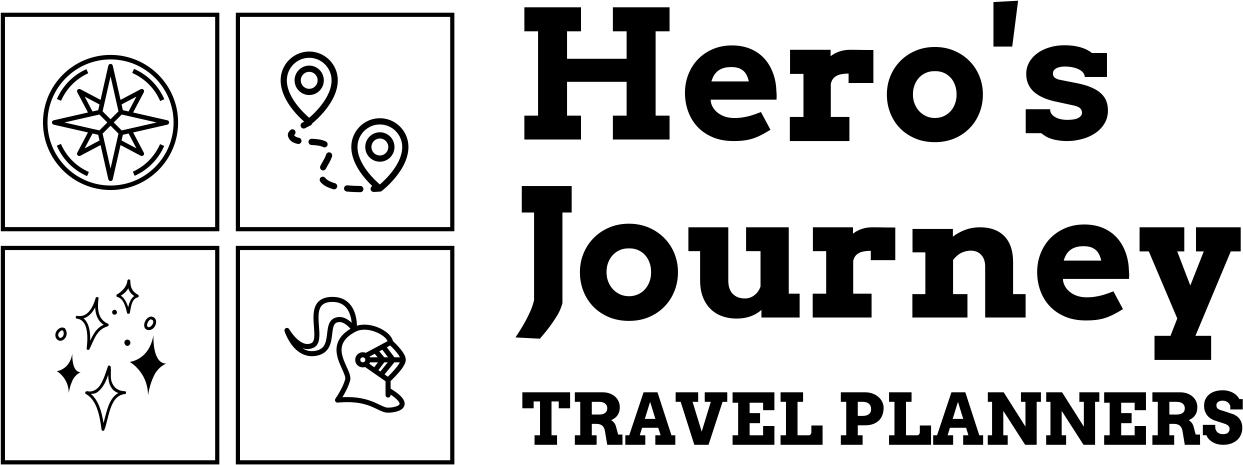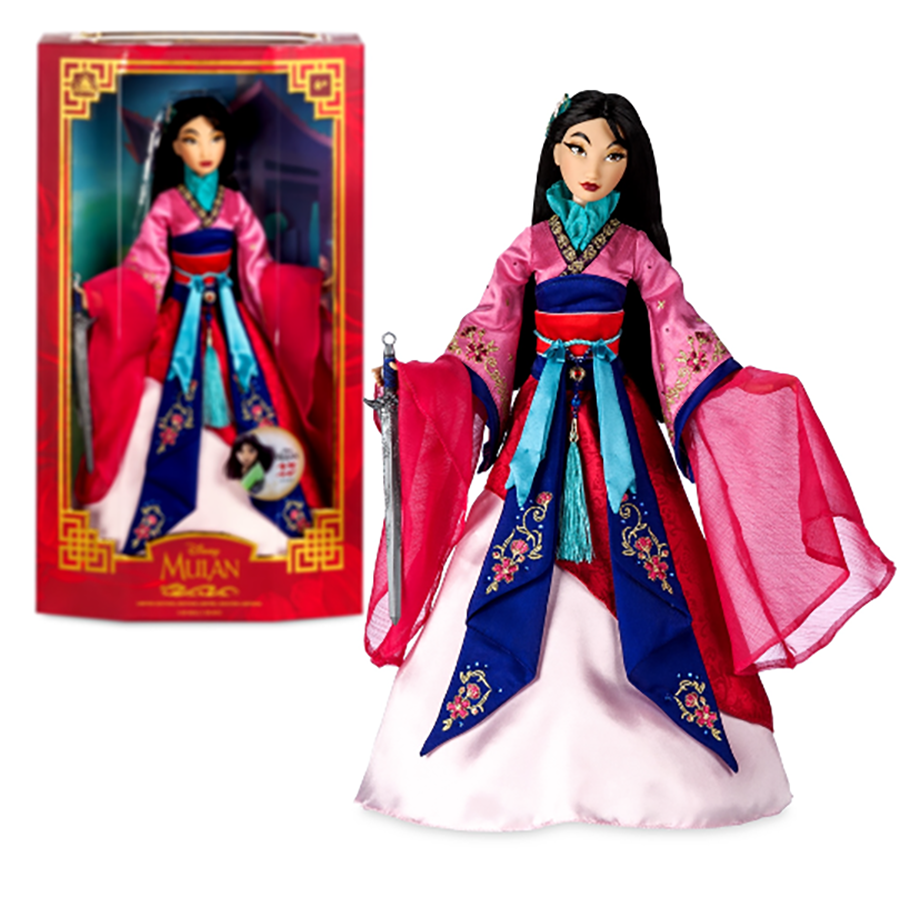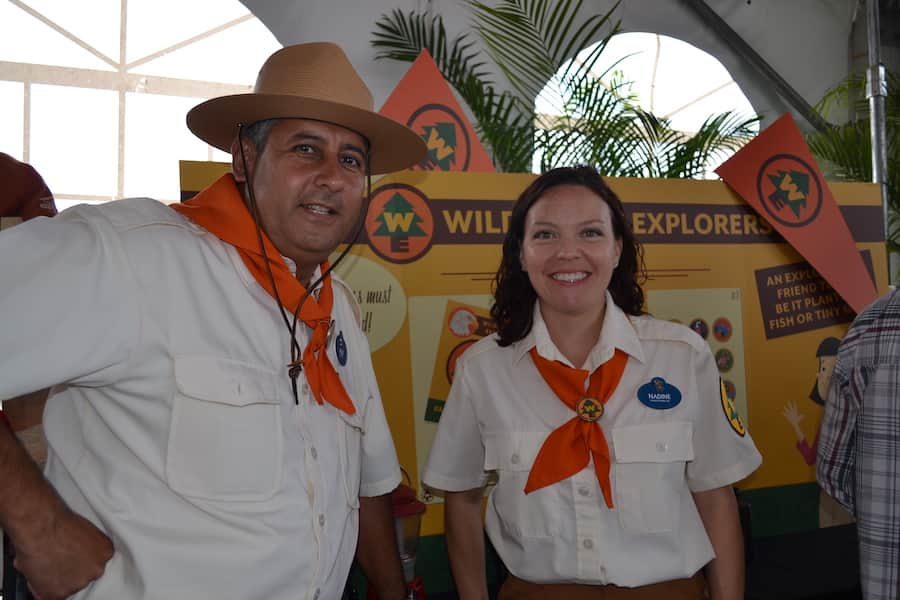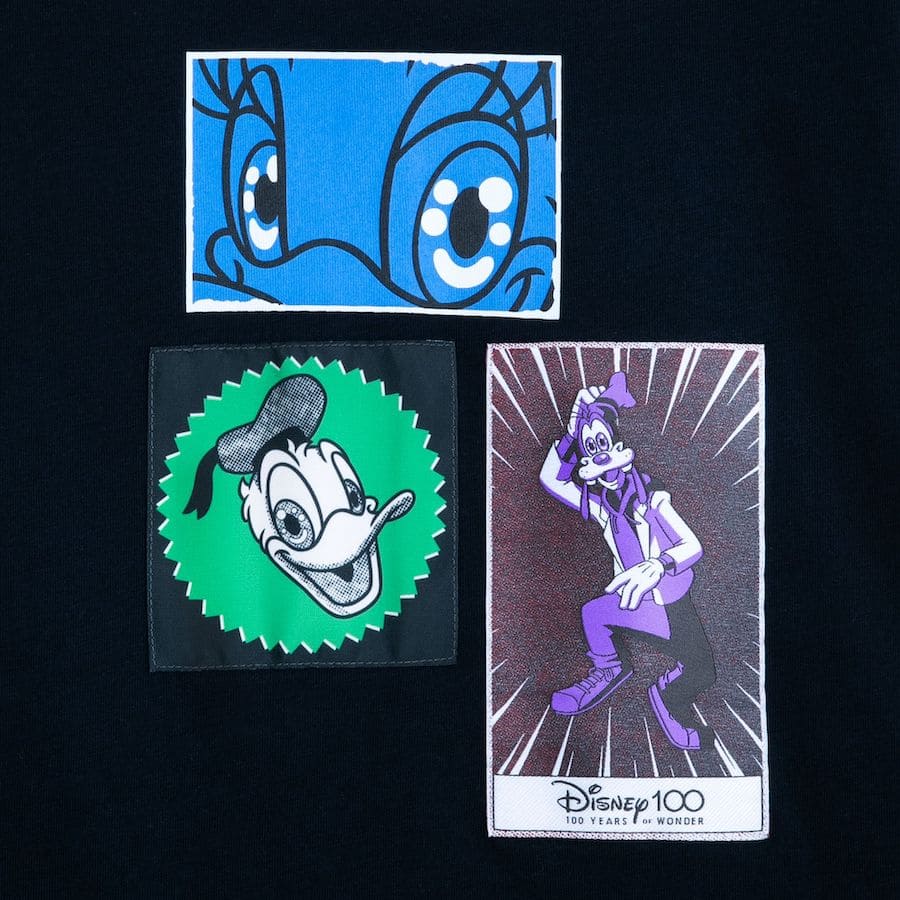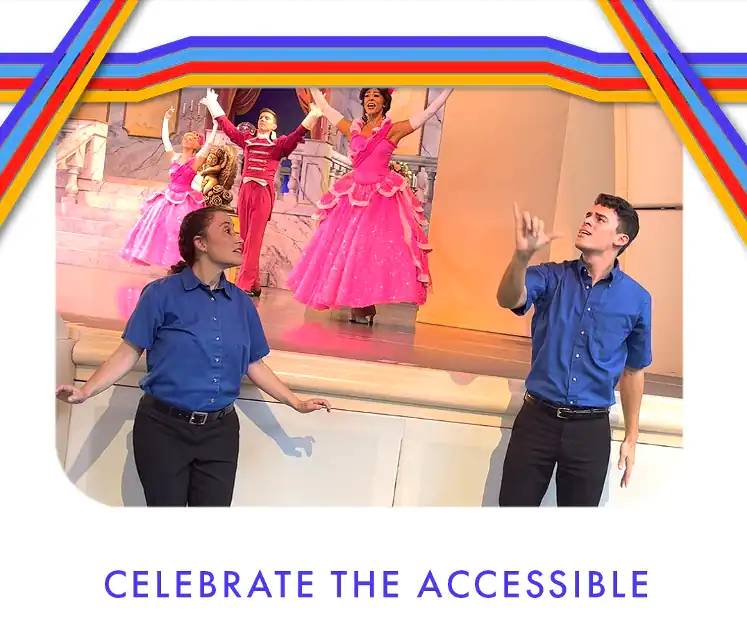
A Cast Member’s Small Gestures Create Great Accessibility in Disney Parks
Originally published at Disney Parks News
Did you know that there are more than 300 different sign languages spoken around the world? Across our Disney Parks, Sign Language Interpreters bring our shows and experiences to life. In American Sign Language (ASL), French Sign Language (LSF), Chinese Sign Language, and more! Today, we recognize the International Day of Sign Language. A day to raise awareness about the importance of sign language around the world!
We connected with Mark Jones, Manager of Accessibility and Services for Guests with Disabilities at Walt Disney World Resort, to learn more about the Disneyland Resort and Walt Disney World Sign Language interpretation programs. Since he joined the company in 1997, Mark, a Child of Deaf Adults (CODA) and certified ASL interpreter has been a champion for guest accessibility across our parks.
Q: Mark, tell us a bit more about the Sign Language interpretation programs for guests at our domestic sites?
A: Sure! Since 1997, Walt Disney World Resort and Disneyland Resort offered ASL interpretation at many theme park shows and attractions with current examples including many of our guests’ favorites such as the world-famous Jungle Cruise and shows like Festival of the Lion King and Beauty & the Beast – Live on Stage.
Information about these regularly scheduled events with ASL interpretation are shared with guests online and via a published schedule. With each site offering numerous opportunities each week. Guests can request interpretation for other events and shows upon request which includes experiences like the Hoop-Dee-Doo Musical Revue dinner show, concerts featuring guest performers and even a voyage aboard the Star Wars: Galactic Starcruiser. Sign Language interpretation is one of several services available for our guests with hearing disabilities, with other services including Assistive Listening and various types of captioning.
Q: You mention ASL and not just Sign Language. Is there a difference?
A: There is! Contrary to popular belief, sign language is not universal. ASL, or American Sign Language, is used by Deaf persons in the U.S., much of Canada and several other countries around the globe with subtle variations depending on country, region or state. Most other countries have their own versions of Sign Language, including English-speaking countries like the United Kingdom, who use British Sign Language, which is vastly different than ASL. ASL’s closest “sibling” is French Sign Language (aka LSF) as ASL has its origins in the early 1800’s from LSF. Currently, LSF is used at performances at Disneyland Paris, while our sister locations in Asia also use local sign languages for their interpreted performances.
Q: Can you share a bit more about how our interpreted performances come to life?
A: When a show or new attraction that warrants Sign Language interpretation is being developed, my team at Walt Disney World Resort and the Disneyland Resort Accessibility team are included in planning conversations and the rehearsal process. We work to ensure appropriate interpreter placement and lighting are being considered. And to share show scripts and videos with the fantastic theatrical interpreters who do work for us.
Once the source materials are received, a Sign Master choreographs the signs, blocking and other movements using the script. And creates what is called a “gloss,” which is what all the interpreters use as their training resource. This “gloss,” which then turns into a training video, allows for consistency between interpreters. Especially at those venues where two interpreters are working together to deliver a particular show in ASL. The training process can last several days both offsite and onsite. So when interpreters are present at a scheduled performance, they are as prepared as the performers onstage. And can deliver an amazing and memorable experience for our guests who are Deaf and use ASL.
Interested in joining our Cast and being part of the magic? Check out available roles and learn more!
